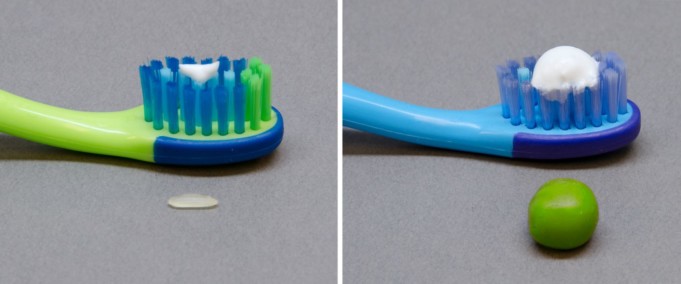When most of us take a swig of water fresh out of the tap, we don’t usually put much thought about the particles swirling around in that clear solution.
We just want to be refreshed and have our thirst quenched. Many people are aware their drinking water may have fluoride added to it, but accept it as normal.
They grew up with fluoridated water and they were taught it was put there for healthier teeth, essentially serving as a normal aspect of dental care, since fluoride has the ability to stem tooth decay.
So, what is fluoride? Simply put, it’s a naturally occurring mineral found in earth and water. In the 19th century, it was discovered it had an effect on teeth—though not all positive.
Part of fluoride’s discovery can be attributed to over-fluoridation of water which cause mottled teeth (dental fluorosis), a brown stain that appears on the tooth surface when exposed to a high amount of fluoride.
As a result, it was brought to the attention of researchers who eventually learned the relationship between fluoride and tooth enamel, which when controlled can reduce tooth decay and cavities in populations without resulting in dental fluorosis.
After decades of research and study, fluoride was artificially introduced to a water supply. This was in 1945. Over the next two decades, it was added to a significant number of water supplies, usually without the consent of the population consuming that water.
It’s that lack of consent that has many in the anti-fluoridation movement. It’s just as much an ethical issue as it is a health issue.
In March, Portland, Oregon residents voted to keep fluoride out of their drinking water with 60 percent of voters deciding it wasn’t for them.
This was the fourth time since the 1950s this rejection by Portland residents has occurred.
Why did Portland voters reject the fluoridation of the city’s water? Both sides had compelling arguments (and not so compelling).
Those in the pro-fluoride camp stressed fluoride’s positive effect in terms of health on lower income communities, where there might not be a focus on regular dental care (as well a population that might have a diet higher in sugars).
At the same time, one of the major points brought up by Portlanders against the additive claim it will somehow degrade the water or have a negative effect on its “purity.”
The city water is sourced from the Bull Run watershed outside of the city in the Mt. Hood National Forest. Much of that water is stored in the Powell Butte reservoir. The water is then treated before it reaches the population.
How “pure” it actually is as it reaches the faucet is completely relative and subjective to what one considers pure. The water contains naturally occurring fluoride and a considerable amount of other minerals.
Additionally, many opponents have expressed concern over fluoride’s effect on the body, which they claim isn’t entirely know.
Since fluoride has only been intentionally added to water supplies for about 60 years, they may have a point when looking at long-term effects–except, that fluoride has been naturally occurring in water supplies world-wide for generations.
So, is fluoride’s time up? Unlikely, unless the issue gains more political traction in terms of the ethical problem presented with adding fluoride to a water supply without the populations consent or input.
In Portland’s case, they were granted that input and they spoke, but not many other communities in the US seem to be nearly as concerned. Should they be?












